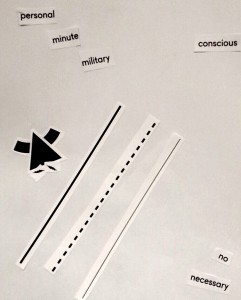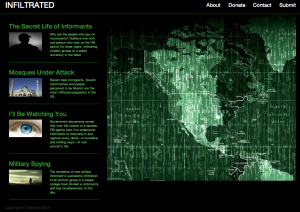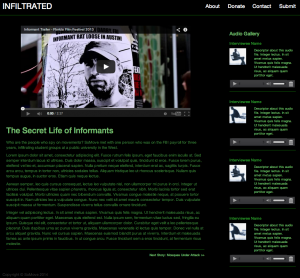Hellooo! I am a current computer science major at MIT, and I still have no clue with what I want to do with my life – which I’ve been told was normal… Music keeps me sane here. I’m no star with any instruments, but I really enjoy singing and am a part of an a capella group that does mashups of music from India and American pop. Other main things to know about me: I’m a TV addict and an internet junkie. I’ll fall in love with anything that makes me laugh, but also anything that makes me think really hard about life – and if it does both, I might just explode.
I’m excited to start work in this codesign course – I learn the most when I work on projects that have a real life application, and even better when I get to work with those who will be directly affected by the project. This term’s topic is surveilliance, and I’m quite interested to see the different ideas we can work with and how we will tackle these issues.
Thoughts on The Day We Fight Back:
I checked out a few events on Feb 11th that took place for Today We Fight Back, and overall it was very quiet and peaceful – maybe even too quiet and peaceful. If the goal was the create awareness about the issue of unwarranted surveillance, then it was basically accomplished. The main action from the day was that people emailed their senators about their disapproval and spread the word online and through other forms of media. Personally, I thought the interwebs were pretty quiet about the whole deal. I asked people at MIT what they thought about it, and they said they barely heard anything for it. As of now, I’m not too sure if any critical action came from the day – but it all depends on what follows. We will have to wait and see if all this helped reduce or even stop the surveillance.
What surprised me was that this was a global event – there were gatherings in Germany, India, South Africa, and all over. The Internet is not just an American commodity – it is global, and so is the issue of tapping into the data that can be collected through the Internet. Specifically for India, the Digital Brand Group held an event to raise awareness about mass surveillance and privacy concerns. Currently, I don’t know how successful the event was yet, but according to Facebook comments, people started realizing that there needs to be more organized voices on this issue. In this respect, the global Day We Fight Back event was successful – in creating awareness.

“We believe that the erosion of trust caused by unchecked surveillance jeopardises the freedom and prosperity which is the promise of technology.” – Technology.ie


